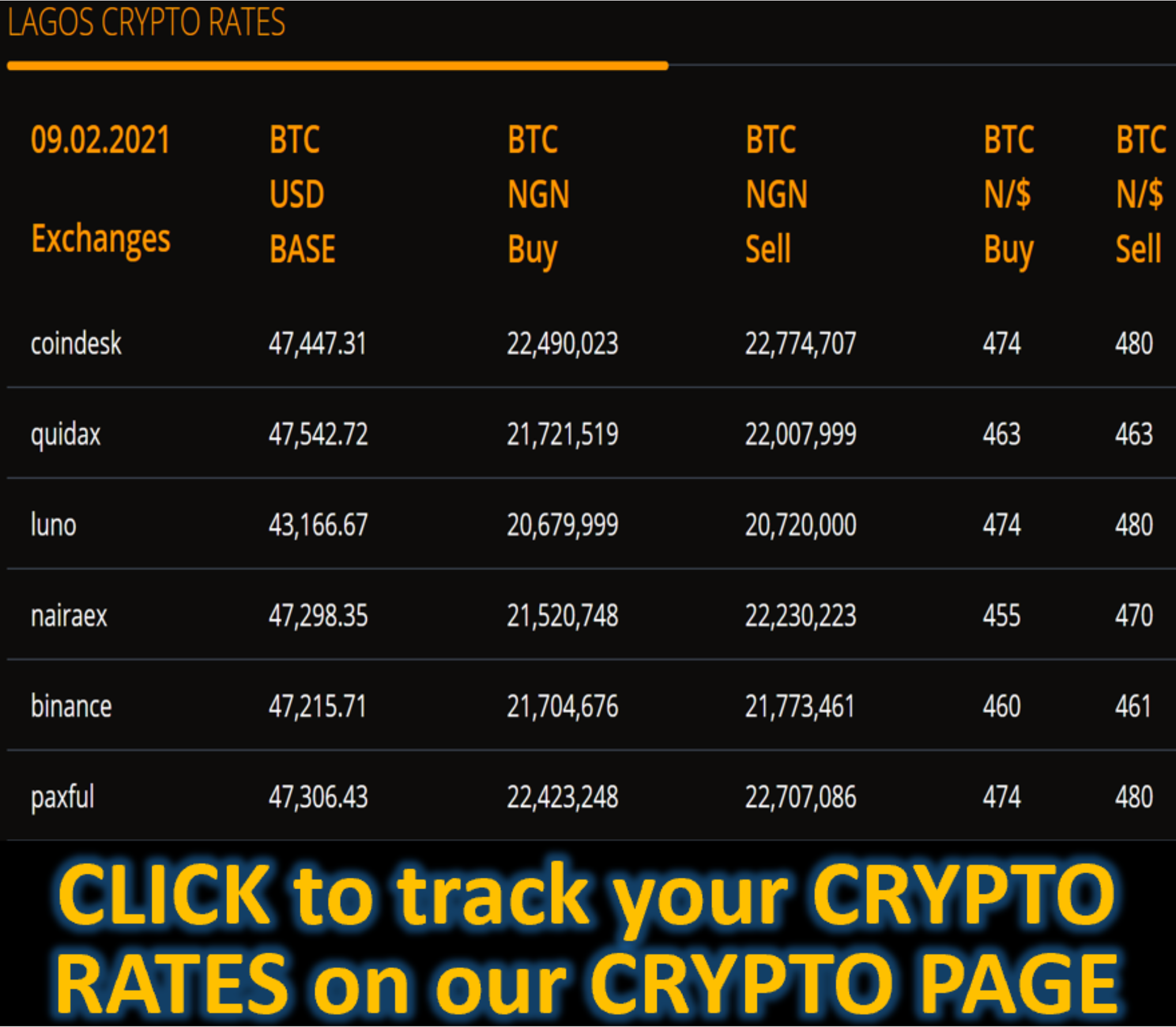MARKET NEWS
OPEC+ Signals Next Move Is Undecided as Tumultuous Chapter Ends - BLOOMBERG
BY Grant Smith, Salma El Wardany, Nayla Razzouk and Fiona MacDonald
(Bloomberg) -- OPEC+ closed a two-year chapter in its oil strategy on Sunday with the last in a series of bumper oil production increases. But it left crude traders with a cliffhanger, as delegates emphasized privately that the next move could just as easily be a cut as a hike.
Saudi Arabia and its partners have stunned oil markets in recent months by pushing more barrels into a fragile global market in a push for market share, offering relief to consumers and a fillip for President Donald Trump. The increase they approved on Sunday completes the accelerated reversal of a giant supply cutback made in 2023.
Yet the Organization of the Petroleum Exporting Countries and its partners also have unfinished business: another layer of supplies, also halted two years ago, amounting to 1.66 million barrels a day, which is currently due to remain offline until late 2026. And on Sunday delegates were offering less, rather than more, clarity regarding its fate.
The coalition could press on with restarting this tranche if market conditions supported it, officials said. However, they also emphasized the potential to reverse the 2.2 million barrels that have just been returned to the market. The group will closely monitor demand, and could also simply maintain production levels for now. A follow-up meeting was set for Sept. 7 to review the situation.
OPEC+ and its leaders Saudi Arabia and Russia will need to balance the outlook for an oil market that is widely expected to face a mounting supply surplus later this year, against a geopolitical backdrop clouded by Trump intensifying pressure to end the war in Ukraine, including by threatening to penalize buyers of Russian oil.
“The messaging coming from today’s voluntary producer meeting is that all options remain on the table — including bringing those barrels back, pausing increases for now, or even reversing the recent policy action,” said Helima Croft, head of commodity strategy at RBC Capital Markets LLC.
The initial market reaction to the expected supply hike was muted, with Brent trading little changed on Monday.
Based on the outlook for the months ahead, OPEC+ may indeed need to consider cutting production.
While oil demand has held up this year, a projected slowdown in China and swelling supplies across the Americas leave world markets on track for a hefty surplus of 2 million barrels per day in the fourth quarter, according to the International Energy Agency in Paris. Weak US economic data on Friday underscored the risks to consumption from Trump’s tariffs.
Forecasters such as Goldman Sachs Group Inc. and JPMorgan Chase & Co. see crude futures, already down about 6.6% this year to just below $70 a barrel in London, sliding further towards $60 later in the year. That’s considerably lower than the levels the Saudis and other OPEC+ members need to cover government spending.
Goldman expects that the coalition will most likely pause and hold output levels steady for some time as it takes stock of supply and demand balances. Five crude traders surveyed by Bloomberg last week also predicted a hiatus.
On the other hand, if Riyadh is genuinely committed to pursuing market share, it could ignore those forecasts and press on with restarting the 1.66 million-barrel tranche regardless.
“We can expect the group to adopt a wait-and-see approach for at least the first several months,” said Greg Brew, senior analyst at Eurasia Group. “But if there is a contraction in US supply, and if demand growth and the general macro environment remains favorable, I think further unwinding of cuts should be expected.”
The outlook is only clouded further by the geopolitical backdrop, as Trump intensifies diplomatic pressure on OPEC+ co-leader Russia over its war against Ukraine.
The US president has threatened to impose secondary tariffs on Moscow’s oil customers unless a ceasefire in the conflict is quickly agreed.
On Thursday, Russian Deputy Prime Minister Alexander Novak made a rare visit to Riyadh for talks with Saudi Arabian Energy Minister Prince Abdulaziz bin Salman — a meeting that officials said symbolized the solidarity between the two oil giants.
As OPEC+ weighs pressure from Trump to lower prices on one side, and a desire to preserve alliance cohesion on the other, whatever it ultimately decides will involve a delicate balancing act.
“Will it move to unwind the remaining 1.66 million barrels-a-day to defend market share, especially if fresh US sanctions hit Russian oil, without putting unity at risk?” said Jorge Leon, an analyst at Rystad Energy A/S who previously worked at the OPEC secretariat. “The group is still threading a fine needle.”
--With assistance from Yongchang Chin.
(Updates with Monday trading in seventh paragraph)









